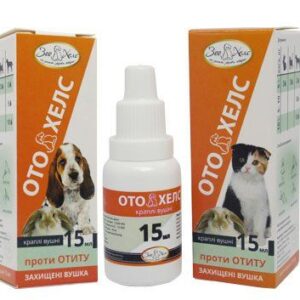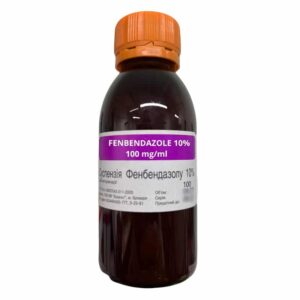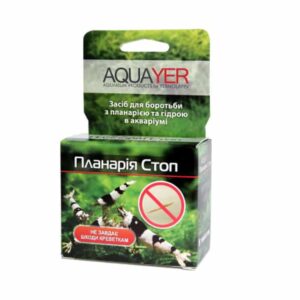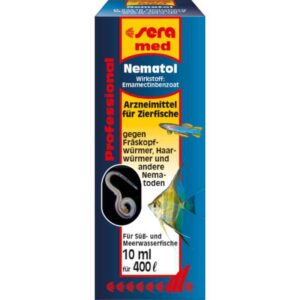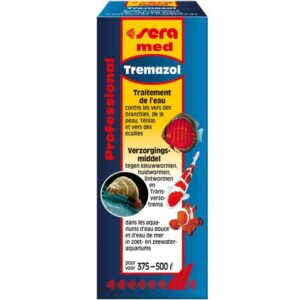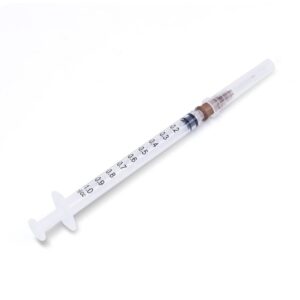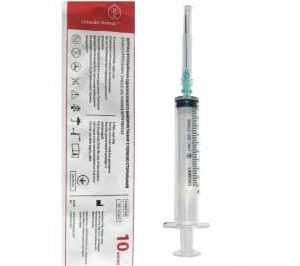Glucose 40 Sterile Solution, 200 ml
Glucose 40 descriptions: colorless or slightly yellowish clear solution of sweet taste.
Composition:
1 ml contains:
glucose 40 (calculated as anhydrous) 400 mg (40%).
Indications:
It is indicated for the treatment of diseases associated with disorders of the central nervous system (inhibition and excitation), violation of the autonomic nervous system, severe acute infectious diseases, various forms of cardiovascular disease, the fall of blood pressure, significant blood loss. Glucose solutions are indicated in case of poisoning, intoxication by narcotic drugs, mercury, arsenic, strychnine, sodium nitrite, and other substances; pulmonary edema, liver diseases (hepatitis and cirrhosis), lack of diuresis; acetonemia, postpartum hemoglobinuria in cows, ketonuria and toxemia of dairy cows, sheep ketonuria; weak uterine contractility, maternity paresis; as a hemostatic agent while gastrointestinal, lung and other internal bleeding, hemorrhagic diathesis. Some drugs to reduce toxicity or extension of their validity are dissolved in solutions of glucose.
Administration and dosage:
Slowly intravenous administration only. Prior to injection, the glucose solution is heated to a body temperature of the animal.
Doses:
horses – 30-120 ml,
cattle – 30-150 ml,
sheep and goats – 10-30 ml,
pigs – 10-30 ml,
dogs -5-10 ml,
cats – 2-5 ml,
foxes and blue foxes – 1-5 ml.
Contraindications:
None.
Warning:
Do not inject under the skin – necrosis of the subcutaneous tissue may appear. In the case of rapid administration into the vein phlebitis, blood clots may appear. Glucose solutions are incompatible with hexamethylenetetramine (hexamine oxidation), as well as with solutions of alkaloids (causes their decay), the general anesthetics (reduction of activity). Glucose reduces the effect of analgesic, inactivates streptomycin, reduces the effectiveness of nystatin. Glucose solutions prolong the action of narcotic drugs, epinephrine, penicillin.
Packaging:
Vials of 200 ml.
Storage:
Store in a dry, dark place at the temperature from 0ºС to +25 ºС.
Shelf life:
2 years.



















